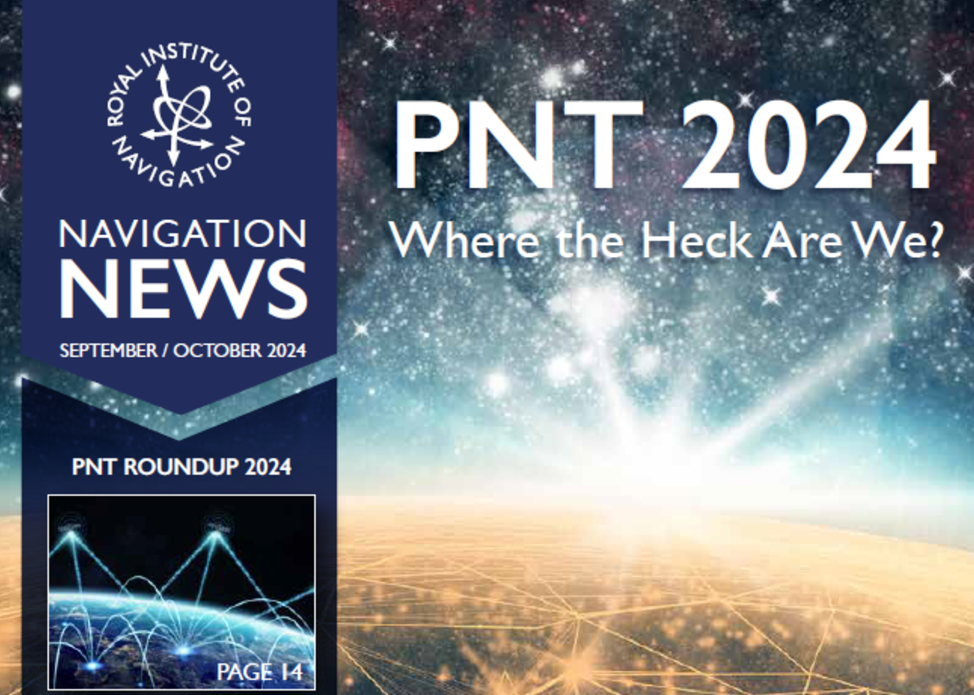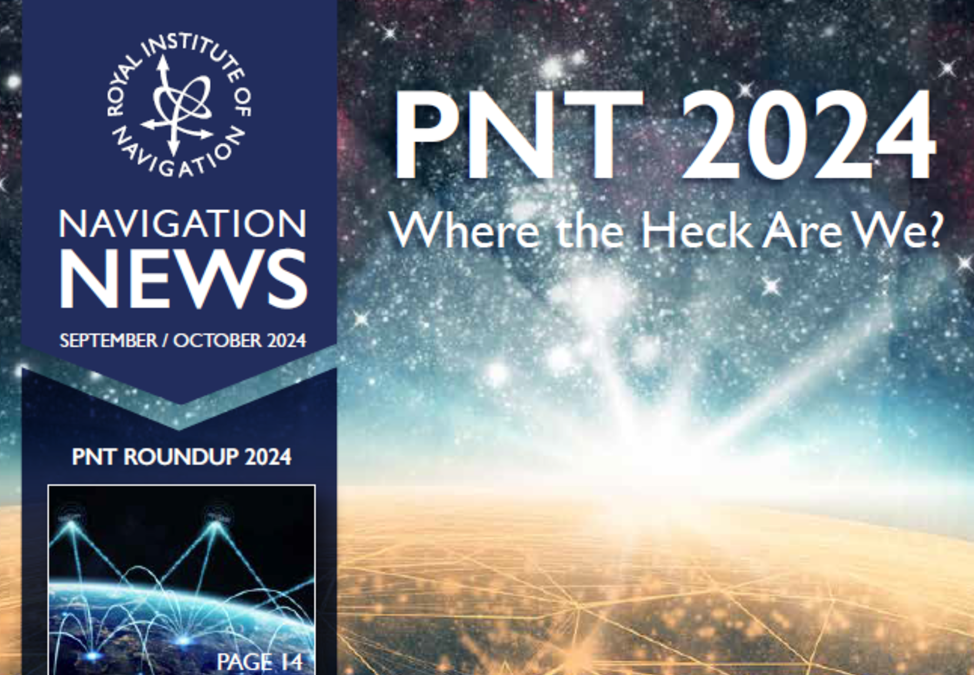Image: Shutterstock
What’s New: A roundup of national PNT efforts around the world.
Why It’s Important: There is a lot going on, but efforts vary widely. So, therefore, does PNT resilience and nation’s security.
What Else to Know: The author is President of the RNT Foundation.

Jamming, spoofing, magnetic, quantum, fiber, 5G, 6G, eLoran, LEO, GEO, the big four GNSS, Ultra Wide Band and indoor systems… Goodness there is a lot going on! And it can be confusing.
Intentional disruptions in the Baltic, Ukraine, middle east, far east and elsewhere, have broadened the understanding of GNSS vulnerabilities. The idea that GNSS alone is not enough is spreading from technologists to the general public, and in some cases to policy makers. Some high-ranking officials and advisors have even observed that PNT has become a part of great power competition. The security of their nations is coupled to the security of their PNT.
So, what is being done about it? There are dozens, if not more, research and development projects on-going, and many commercial PNT products being offered and used around the world. One need only attend any of several annual conferences or shows to get an idea of the range and diversity of products and services offering Positioning and/or Navigation, and/or Timing.
While all these efforts are important and interesting, trying to capture the 2024 PNT universe would be a fool’s errand. Or at least a task far beyond the scope of a Navigation News article!
Since PNT is an essential utility for any technological society, let’s look at what some governments are doing to address their nation’s PNT needs today and in the near future.
For consistency of format, we will look at major systems that have deployed or are deploying in the context of “the resilience triad.” That is the three types of delivery the U.S. Department of Transportation has said are needed to ensure a reasonable level of PNT resilience – signals from space, terrestrial broadcast, and fiber (to include clock networks).
And since there is evidence that national leadership is essential to coordinate efforts and ensure a country’s PNT systems are robust, integrated, and resilient, we will also look at governance.
Most military and security capabilities and issues will not be addressed. The great majority of PNT users are not military, and there is too little public information and too many pitfalls to such discussions.
China 
We are listing China first, not because it is hosting the triennial IAIN World Congress in October, but because, by most any measure, the nation is completing the world’s most robust PNT architecture. In addition to having the systems listed below, China seems to be making a concerted effort to deliberately synchronize and integrate them in a coherent, system-of-systems approach


